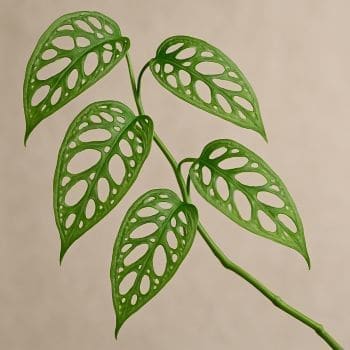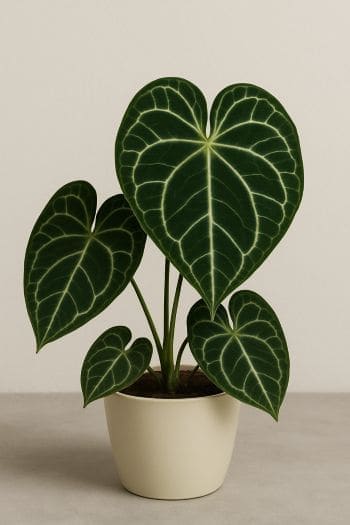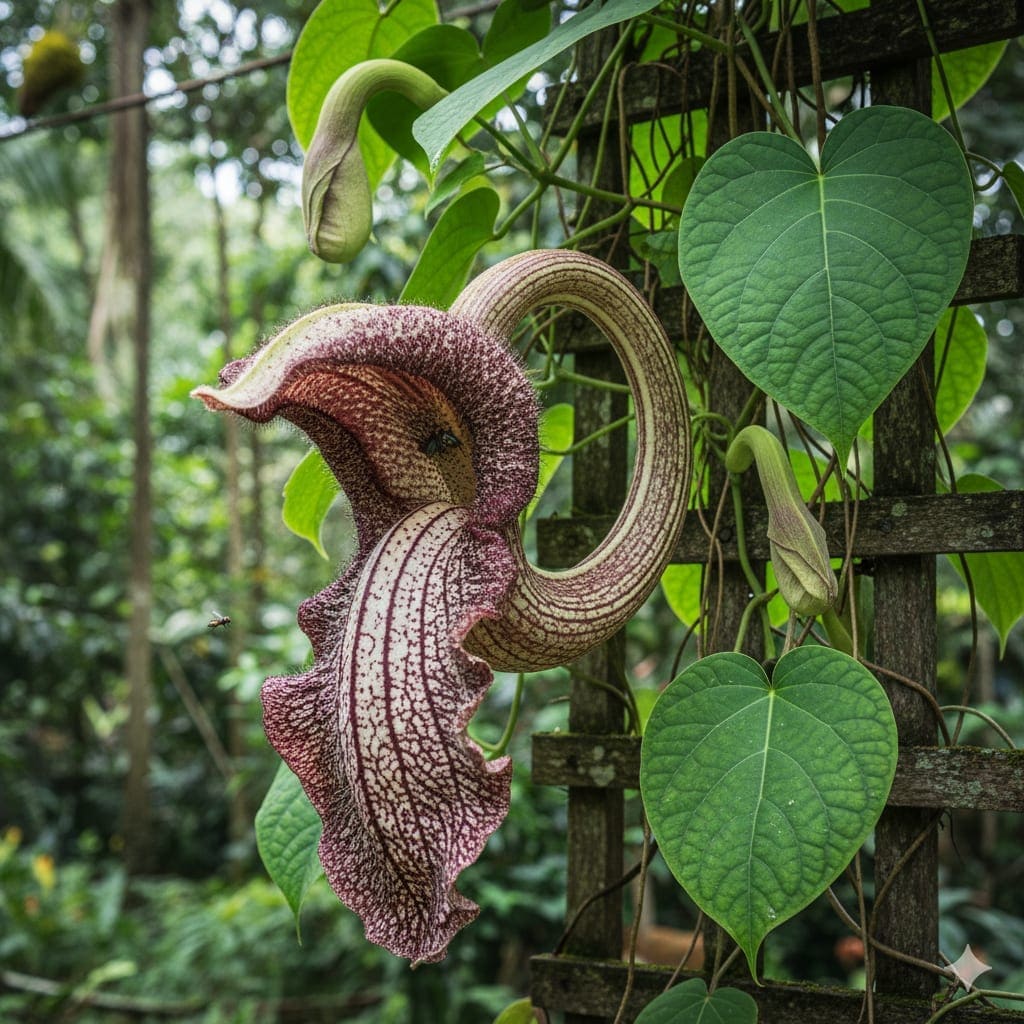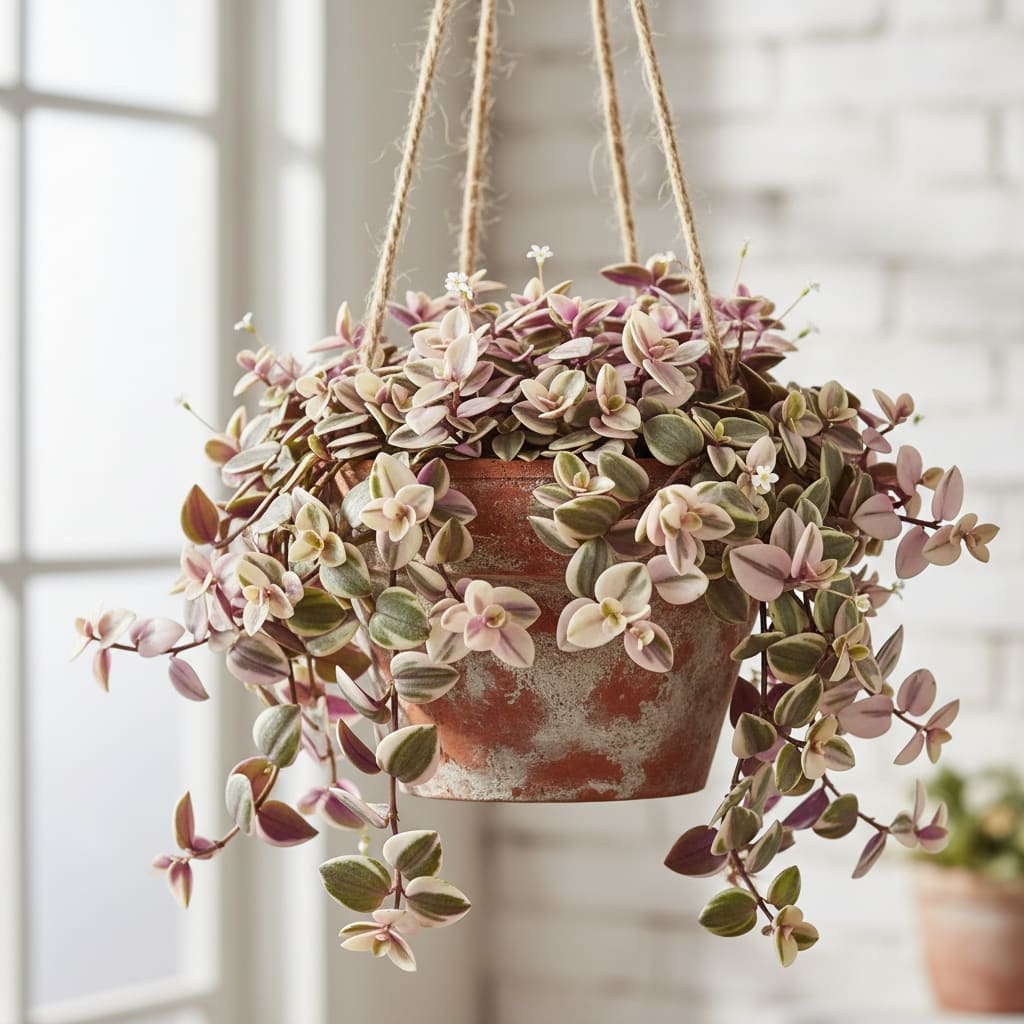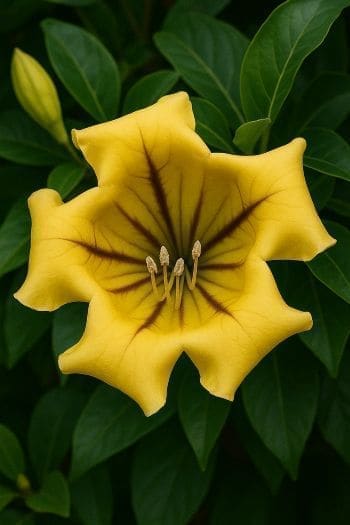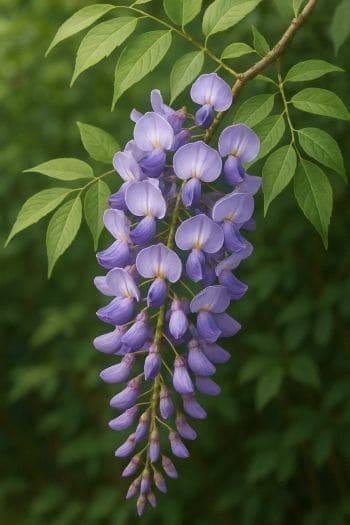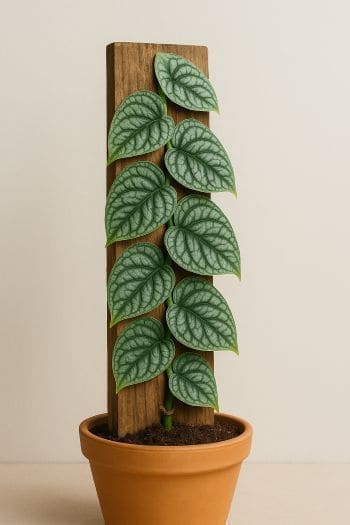Monstera obliqua Care & Growing Guide
Overview
Monstera obliqua is an exceptionally rare and delicate species of the Araceae family, native to the tropical rainforests of Central and South America. Known for its extremely perforated leaves—sometimes with more empty space than leaf tissue—it has become a coveted specimen among plant collectors. Its natural habitat is warm, humid, and shaded under the rainforest canopy, which informs its care needs in cultivation.
Due to its rarity, Monstera obliqua is often confused with the more common Monstera adansonii. Authentic specimens have thinner leaves and more dramatic fenestrations. This plant is best suited for experienced indoor gardeners who can meet its exacting requirements for light, humidity, and temperature.
Identification & Growth Habit
Monstera obliqua is a climbing aroid with a vining growth habit. In the wild, it uses aerial roots to ascend tree trunks, seeking light filtered through the canopy. Its leaves are paper-thin, with large, irregular holes (fenestrations) that can occupy the majority of the leaf surface. Mature plants can produce leaves up to 10 inches long, though size varies with environment and care.
Stems are slender and produce nodes from which leaves, aerial roots, and potential new vines emerge. Growth is generally slower than other Monstera species, and it may require support to climb indoors.
Light & Placement
Provide bright, indirect light to mimic the dappled sunlight of its native rainforest. Direct sun can scorch the fragile leaves, while insufficient light can slow growth and reduce fenestrations. An east-facing window with sheer curtains or a few feet back from a bright south or west window works well. If natural light is limited, supplement with a full-spectrum grow light positioned to avoid heat stress.
- Ideal light: Bright, indirect
- Avoid: Harsh midday sun, deep shade
Watering & Humidity
Water when the top 2–3 inches of soil feel dry to the touch. In spring and summer, this may be about once a week; in autumn and winter, reduce frequency to prevent root rot. Always ensure the pot has drainage holes and empty any excess water from saucers.
High humidity is essential—aim for 60–80%. Use a humidifier, group plants together, or place the pot on a pebble tray with water to raise ambient moisture. Avoid placing the plant near heating or cooling vents that can dry the air.
Soil & Repotting
Use a well-draining, airy potting mix that retains some moisture without becoming waterlogged. A recommended blend is equal parts peat moss, perlite, and orchid bark. This combination supports root aeration and mimics the plant’s epiphytic tendencies.
Repot only when the plant becomes root-bound or the soil has degraded, typically every 2–3 years. Handle the delicate roots and leaves carefully during repotting to avoid damage.
Fertilizing
Feed during the active growing season (spring through early autumn) with a balanced liquid fertilizer diluted to half strength every 4–6 weeks. Avoid over-fertilizing, which can damage roots. Suspend feeding in winter when growth slows naturally.
Pruning & Training
Prune to remove damaged or yellowing leaves and to control size. Use clean, sharp scissors or pruners to make cuts just above a node.
To encourage vertical growth, provide a support such as a moss pole, coir totem, or trellis. Secure stems gently with plant ties, allowing aerial roots to attach to the support. This not only promotes healthier growth but also enhances the plant’s ornamental appeal.
Propagation
Stem Cuttings
- Select a healthy vine segment with at least one node and an aerial root.
- Cut just below the node using sterilized scissors.
- Place the cutting in water or wrap the node in moist sphagnum moss.
- Keep in bright, indirect light and maintain high humidity.
- Once roots are 2–3 inches long, transfer to a suitable potting mix.
Air Layering
- Choose a healthy stem and wrap moist sphagnum moss around a node with an aerial root.
- Cover with plastic wrap to retain moisture, securing it loosely.
- Check regularly to ensure moss remains moist.
- When substantial roots develop, cut below the rooted node and pot as usual.
Common Problems
- Pests: Spider mites, mealybugs, and scale can attack leaves and stems. Treat with insecticidal soap or neem oil, and isolate affected plants.
- Leaf yellowing: Often due to overwatering or poor drainage. Check soil moisture and adjust watering schedule.
- Brown leaf edges: May indicate low humidity or inconsistent watering. Increase humidity and maintain even moisture.
- Slow growth: Could be linked to low light, nutrient deficiency, or root restriction. Evaluate conditions and adjust as needed.
Toxicity & Pet Safety
Monstera obliqua contains calcium oxalate crystals, making it toxic if ingested by pets or humans. Ingestion can cause oral irritation, drooling, and gastrointestinal upset. Keep out of reach of cats, dogs, and children.
Styling & Decor Tips
Due to its rarity and delicate foliage, Monstera obliqua is often displayed as a focal point in plant collections. Place it where its intricate leaves can be appreciated up close, such as on a plant stand near a bright window. Pair with plants that enjoy similar humidity, like Calatheas or Philodendrons, to create a lush, tropical display.
Varieties & Cultivars
There are no widely recognized cultivars of Monstera obliqua, but regional forms exist in the wild. Leaf fenestration patterns can vary between populations from different parts of Central and South America. Be cautious when purchasing, as many plants sold as obliqua are actually Monstera adansonii.
Buying Tips & Maturity
When sourcing Monstera obliqua, buy from reputable nurseries or collectors who can verify authenticity. Examine leaves for extreme fenestration and thin texture. Mature plants are more likely to display the characteristic perforations, while juvenile leaves may be smaller and less fenestrated.
Seasonal Care
- Spring/Summer: Active growth—water regularly, fertilize, and maintain high humidity.
- Autumn: Gradually reduce watering and feeding as growth slows.
- Winter: Keep warm, reduce watering, and avoid cold drafts. Monitor humidity closely.
FAQ
Is Monstera obliqua hard to care for?
Yes, it is considered challenging due to its need for high humidity, stable warmth, and careful watering. It’s best suited to experienced plant keepers.
How can I tell if I have a real Monstera obliqua?
Authentic obliqua has extremely thin leaves with large, irregular holes that can make up most of the leaf surface. Many plants sold as obliqua are actually Monstera adansonii, which has thicker leaves and smaller holes.
Can Monstera obliqua grow outdoors?
Only in warm, humid, frost-free climates similar to its native range. In most regions, it should be grown indoors or in a greenhouse.
How fast does Monstera obliqua grow?
It grows more slowly than other Monstera species, especially without optimal conditions. Expect gradual development rather than rapid vining.
What support is best for Monstera obliqua?
A moss pole or coir totem works well, allowing aerial roots to attach and encouraging larger, healthier leaves.
